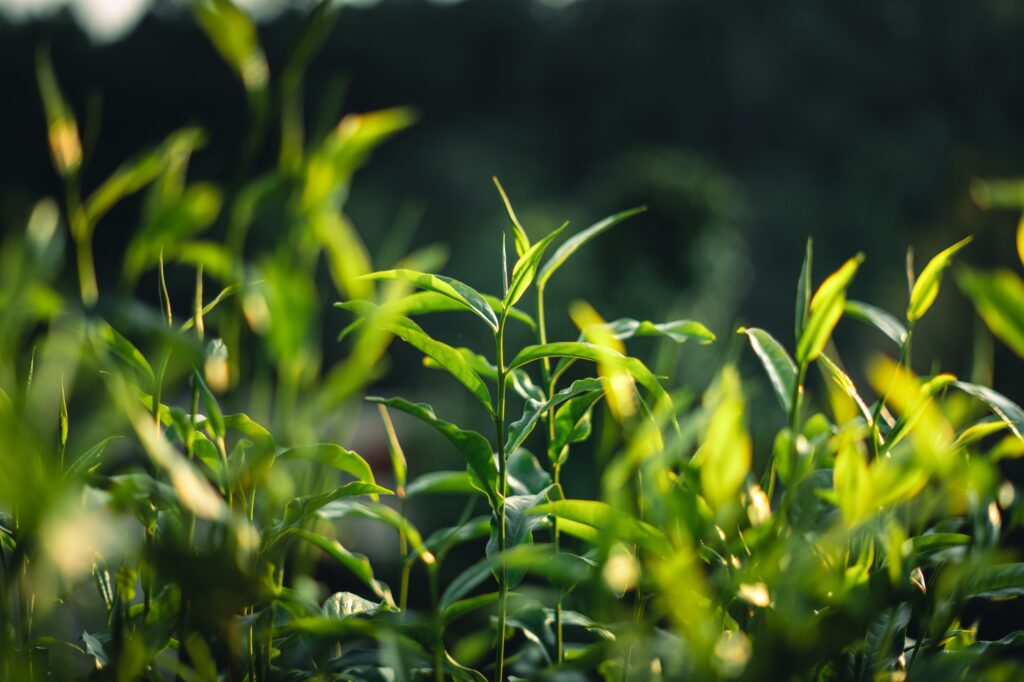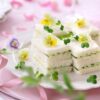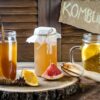
Picture this: misty hills draped in a patchwork of vibrant green, the air filled with the earthy aroma of fresh leaves. Welcome to the enchanting world of tea gardens, where nature and human expertise blend to create the perfect cup of comfort.
The Dance of Tea Varieties
Tea gardens are a treasure trove of flavors, each with its unique cultivation process. Let’s embark on a journey through the most beloved varieties:
1. Green Tea: The Essence of Freshness
Green tea, with its delicate flavor and numerous health benefits, begins its life under the watchful eye of skilled cultivators. The leaves are plucked young and immediately processed to prevent oxidation, preserving their natural green hue and crisp taste.
Cultivation Challenge: Temperature sensitivity
Green tea plants thrive in cooler climates, making them susceptible to heat stress. Farmers often use shade cloths during peak summer months to protect these delicate plants.
2. Black Tea: Bold and Beautiful
The rich, full-bodied flavor of black tea comes from a longer oxidation process. After plucking, leaves are withered, rolled, fully oxidized, and then fired. This intricate process requires precise timing and expertise.
Cultivation Challenge: Pest control
Black tea plants are particularly attractive to pests like the tea mosquito bug. Farmers employ integrated pest management techniques, including natural predators and neem-based pesticides, to protect their crops.
3. Oolong: The Art of Partial Oxidation
Oolong tea, with its complex flavor profile, sits between green and black tea in terms of oxidation. The leaves are partially oxidized, resulting in a unique taste that can range from light and floral to rich and roasted.
Cultivation Challenge: Precise processing
Oolong production requires meticulous attention to detail. Farmers must carefully monitor the oxidation process, which can last anywhere from a few hours to several days, depending on the desired flavor profile.
4. White Tea: Delicate Simplicity
White tea is the least processed of all teas. Only the youngest buds and leaves are harvested, often still covered in fine white hairs, giving this tea its name. The leaves are simply withered and dried, preserving their natural sweetness.
Cultivation Challenge: Limited harvest window
The brief period when the buds are at their peak for white tea production requires precise timing and skilled labor for harvesting.
5. Herbal Blends: Nature’s Bouquet
While not technically “tea,” herbal blends are a popular addition to many tea gardens. These caffeine-free infusions are made from a variety of plants, each with its own cultivation needs.
Cultivation Challenge: Diverse growing conditions
Managing a variety of herbs with different soil and climate requirements in one garden can be complex. Farmers often use raised beds or separate plots to cater to each plant’s specific needs.
Nurturing the Perfect Leaf
Cultivating tea is an art form that requires a deep understanding of nature’s rhythms and a willingness to adapt to its whims. Here are some key factors that tea farmers must navigate:
Climate Factors: Dancing with the Elements
Tea plants are sensitive souls, requiring just the right balance of sunlight, rainfall, and temperature. In many regions, climate change has thrown these delicate ecosystems into flux. Innovative farmers are experimenting with new cultivation techniques, such as:
- Agroforestry systems to provide natural shade and improve soil health
- Drought-resistant tea plant varieties
- Water conservation methods like drip irrigation
Soil Management: The Foundation of Flavor
The secret to exceptional tea often lies beneath our feet. Healthy soil leads to healthy plants and superior flavor. Tea farmers employ various techniques to maintain soil quality:
- Composting and mulching to improve soil structure
- Cover cropping to prevent erosion and add nutrients
- Regular soil testing to maintain optimal pH levels
Harvesting Techniques: The Gentle Touch
The moment of harvest can make or break a tea’s quality. Traditional hand-picking ensures only the finest leaves are selected, but it’s labor-intensive. Some gardens use a combination of hand-picking for premium teas and mechanical harvesting for larger productions.
Pro Tip: The “two leaves and a bud” rule is often used in high-quality tea production, referring to plucking the top two leaves and unopened bud for optimal flavor.
A Cup of Appreciation
As we sip our favorite brew, let’s take a moment to appreciate the journey from leaf to cup. Each sip represents centuries of tradition, years of plant growth, and months of careful tending by skilled artisans.
The next time you enjoy a cup of tea, close your eyes and imagine the misty hills, the gentle rustle of leaves, and the skilled hands that brought this moment of tranquility to your day.
What’s your favorite type of tea? Share your thoughts in the comments below and join our community of tea enthusiasts!






